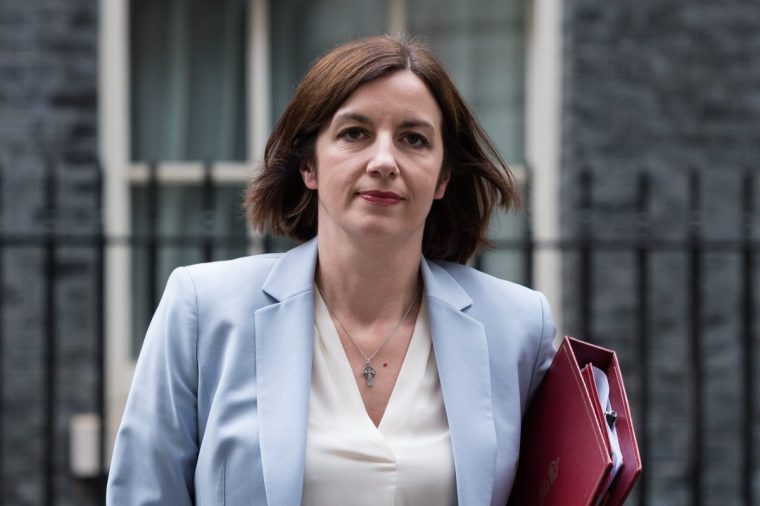Labour is drawing up plans that will see university tuition fees rise to more than £10,000 a year, according to reports.
Education Secretary Bridget Phillipson admitted this week she is concerned about the financial position of the university sector and that tuition fees haven’t risen for “a long time”.
According to The Times newspaper, officials have drawn up a policy which would see fees increased by 13.5 per cent over the next five years to £10,500 after they were frozen in 2017.
Labour will look to mitigate the impact on the poorest students by reintroducing maintenance grants which were worth £3,500 a year before they were scrapped by the Conservatives in 2016.
Here i looks at how the UK’s tuition fees policy has changed dramatically over the past 30 years.
60s – free higher education begins
From the 60s into the 90s, higher education in Britain was effectively free as the state paid tuition fees and offered maintenance grants.
This policy led to a huge expansion in the number of young people who went university which has continued into the present day, from only 5 per cent to more than 50 per cent.

Concerns among certain critics that too many people were going to university, paid for by the taxpayer, emerged in the 70s.
But even in 1977, all students were entitled to have their tuition fees paid for and a guaranteed minimum maintenance grant of £80.
Cuts were made by Margaret Thatcher’s government but suggestions by the Conservatives in the 80s that fees should be covered by loans were met by such a backlash they were dropped.
1998 – Tony Blair introduces fees
Tuition fees were first introduced as a method to help fund growing student numbers was introduced by Tony Blair’s Labour government in 1998.
They were set at £1,000 a year, however, even back then elite universities were concerned it wasn’t enough and would prevent them from competing on the international stage.
Concerns about funding continued and Labour was forced to look at the issue again in its second term.
2004 – Fees go up to £3,000
Despite having made a manifesto promise not to allow universities to charge top-up fees, Labour passed legislation which permitted fees of up to £3,000 in 2004.
Although fees tripled, students were also allowed to take out a loan to cover them which was repaid based on income.
The new regime didn’t begin until the 2006-07 academic year to further criticisms which led to a commitment that graduate repayments would stop after 25 years.
2010s – fees triple to more than £9,000
Following the Lord Browne review, the Conservative-led coalition government with the Liberal Democrats put forward plans to triple fees to £9,000 in 2010.
The proposal prompted a major backlash from Labour MPs and Tory and Lib Dem backbenchers but was narrowly passed by a vote of 323 to 302.
The reputation of Lib Dem leader Nick Clegg arguably never recovered.
Although the fees still apply in England, free university continued in Scotland and has been a flagship policy of the Scottish National Party.
In 2016, the Conservative government reduced the state support for higher education further still, abolishing maintenance grants for lower-income students.
From the 2017-18 academic year, the upper limit on tuition fees rose to £9,250.
Fees to increase again?
Chancellor Rachel Reeves will still need to approve any final decision on tuition fees, with Labour reportedly looking to make an announcement before the government spending review in April next year.
Universities UK, the body that represents vice-chancellors, is due to publish a blueprint on the future of higher education on Monday.
It is expected to argue that tuition fees must be increased again.
Vivienne Stern, the chief executive of Universities UK, told The Times: “It [raising fees] has to be done. It’s not putting it up, it’s stopping it from going down and down [in real terms]. The quicker you do it, the bigger the impact it has. It will start to restore confidence in the system.
“Maintenance loans should also be uprated doing the two together is fairer to students and takes the sting out of it.
“This issue has seemed like the most impenetrable political problem but we have to deal with it.”

